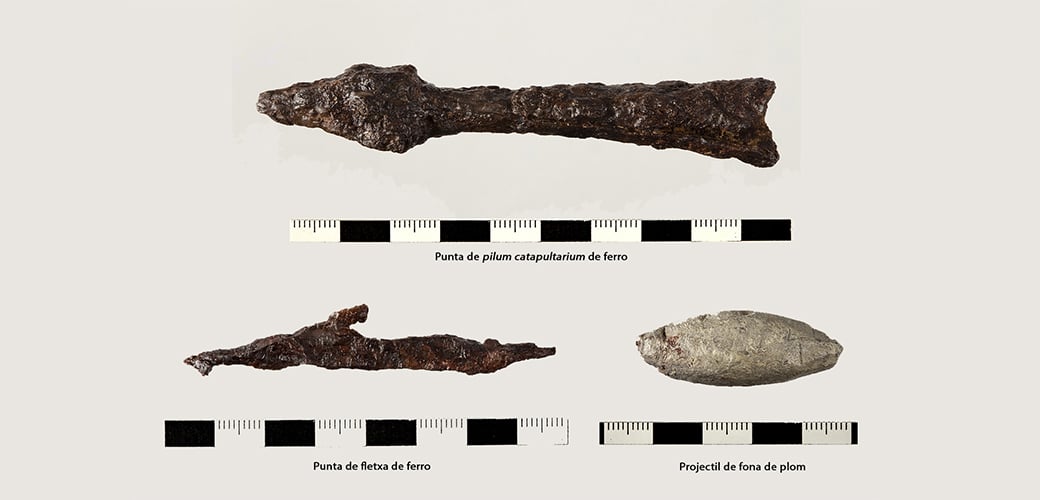Area 19 is the second room in Building 4 that has been explored. It was excavated in autumn 2019, and it has been verified that it was a large covered space (5 x 14 m along its sides). It opened to the street located to the west, which it was separated from by a row of wooden pillars. At least two of the supporting pillars rested on a circular stone base. Due to the dimensions of this room and the large volume of material in it, it has only been possible to excavate the 5 northernmost metres of the area.
This work has led to the discovery of up to seven amphoras near the northern wall, completely crushed by rubble from the building, as well as a large rectangular structure of carbonised wood (3 x 2.5 m), which is still being studied. Also worth noting are a pair of burned wooden pillars that would probably have supported the roof and which have fallen into the space. Charcoal and groups of keys have also been found. These could correspond to part of the doors that connected the space with both area 4 and the room located to the east.
With the knowledge we currently have, it is not possible to say what the room was used for, beyond pointing out its food storage role, as suggested by the amphoras found there.










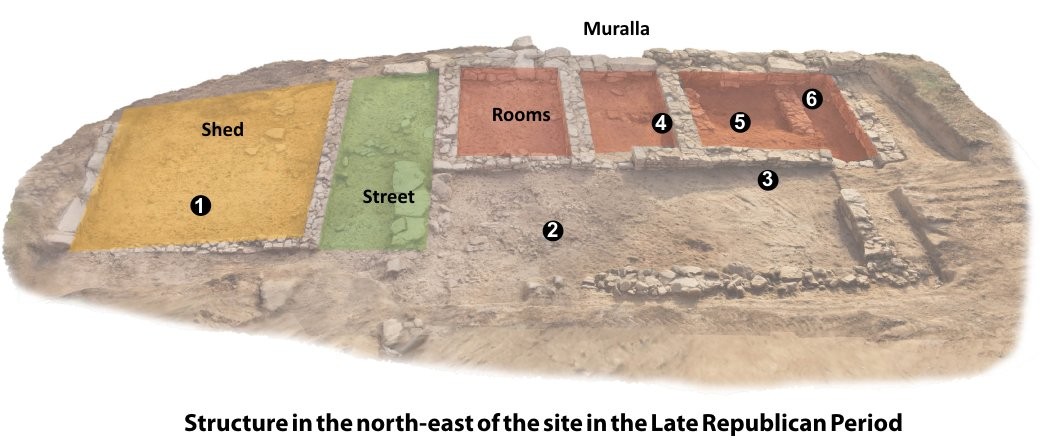
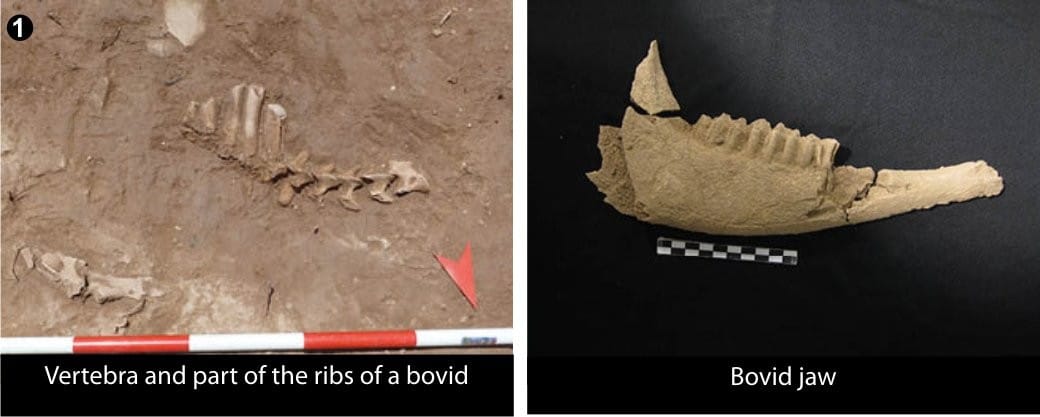
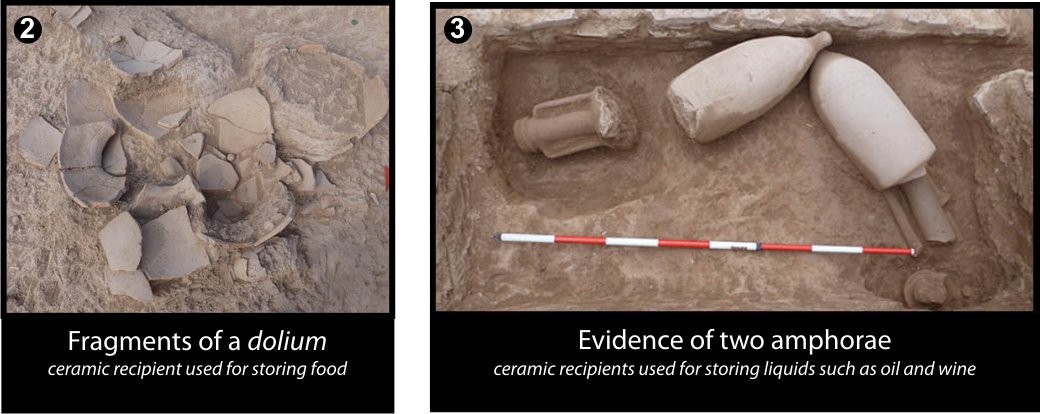

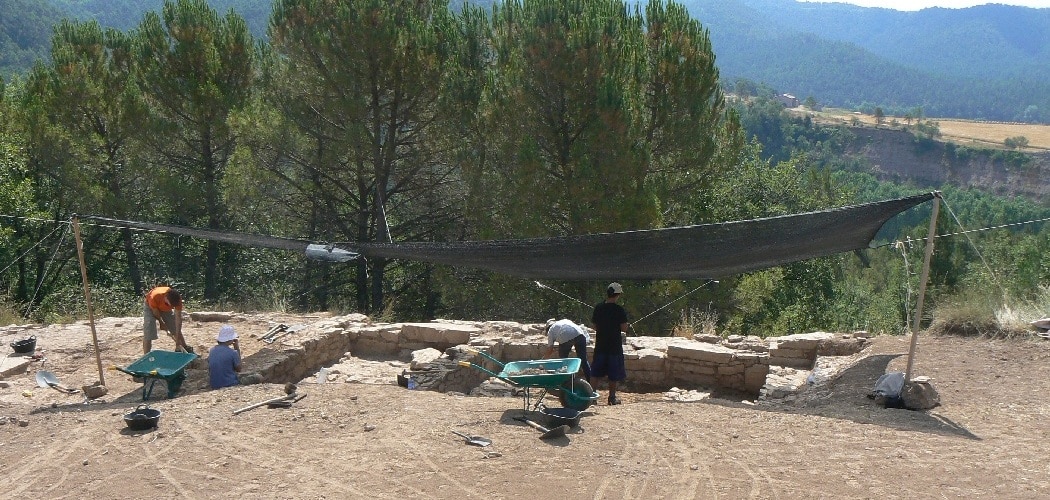
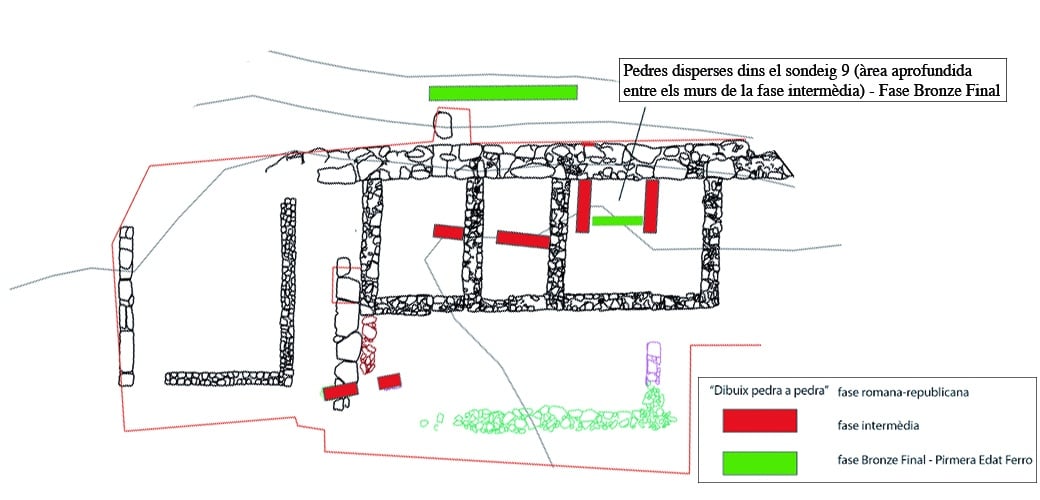
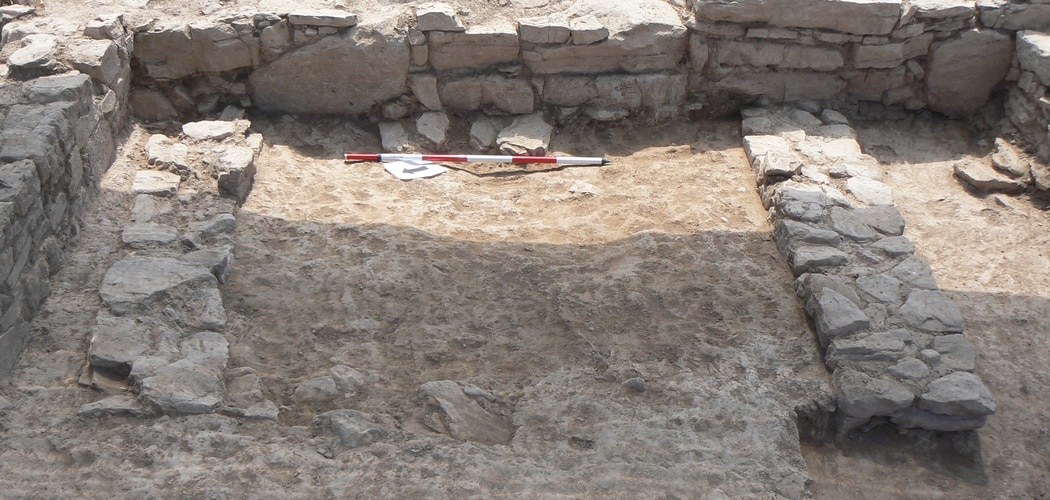
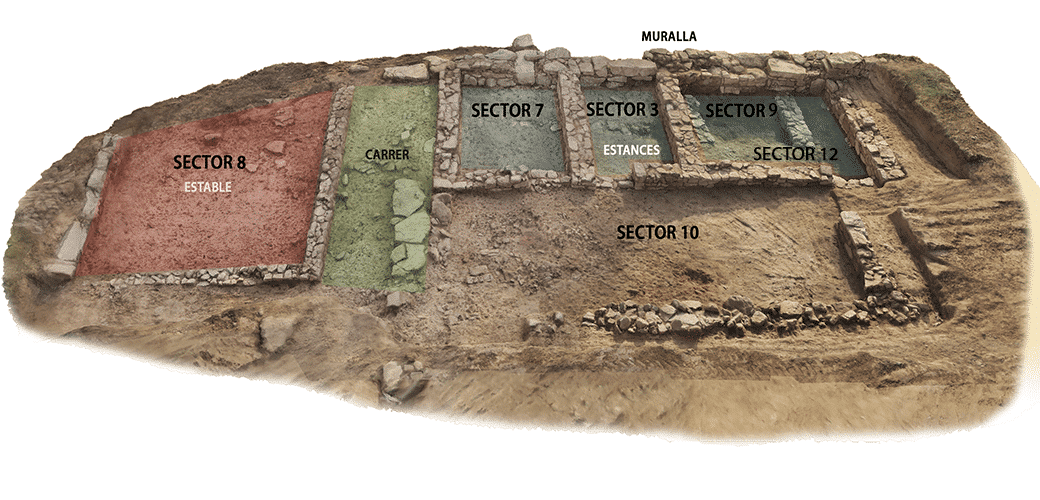
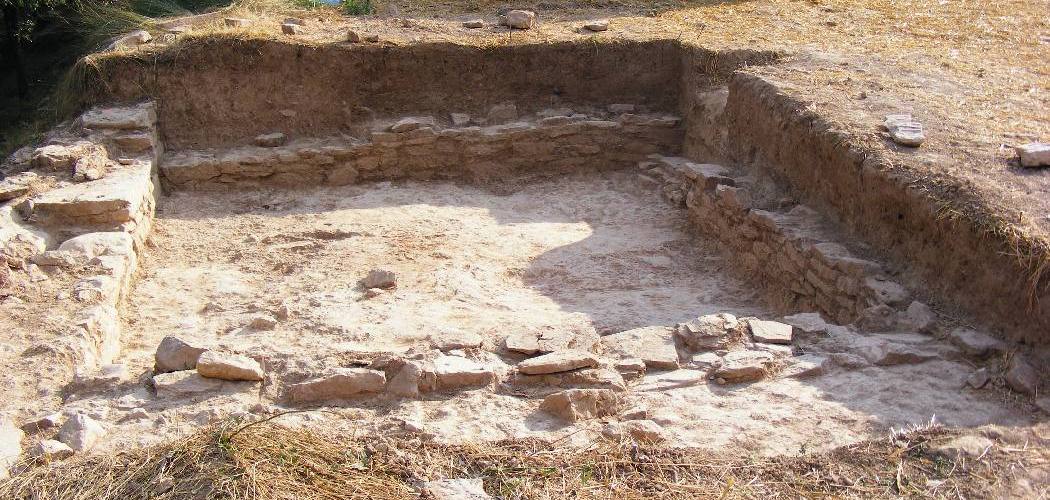
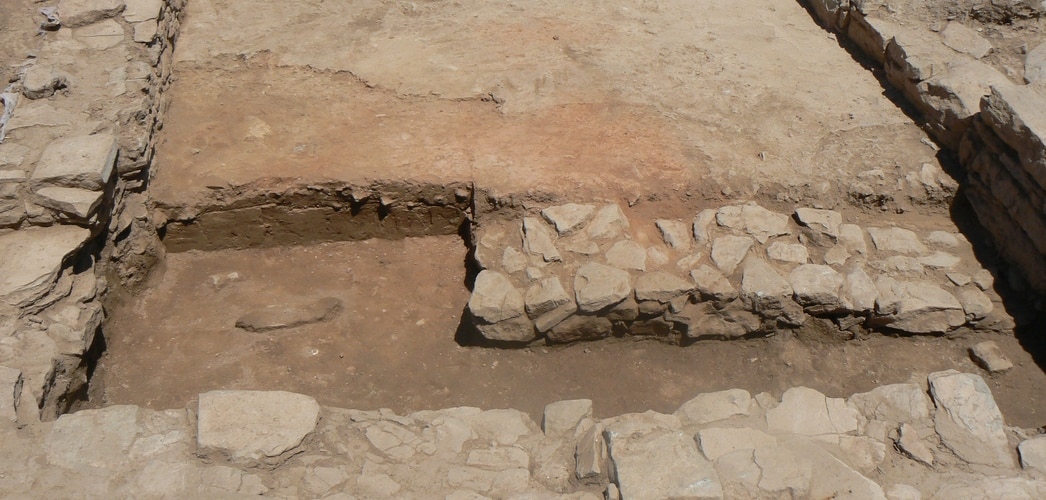
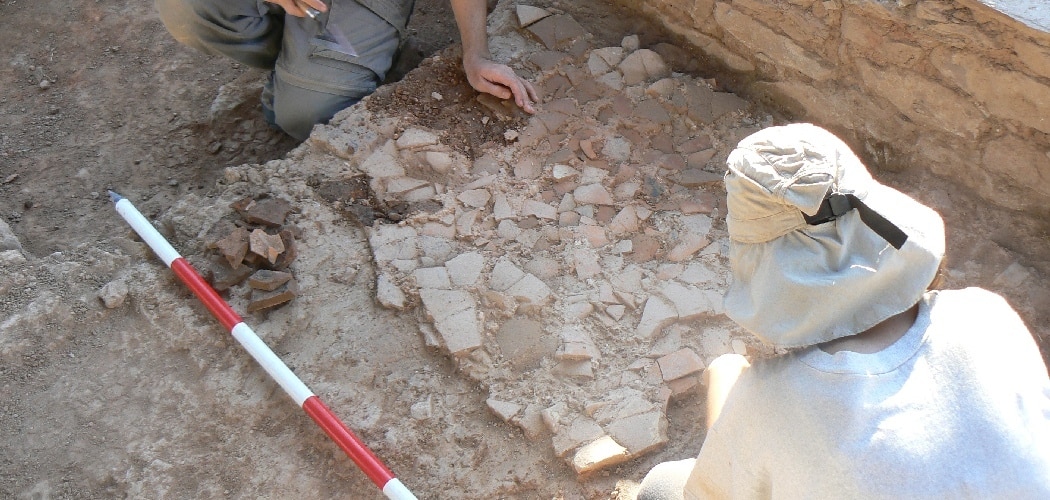
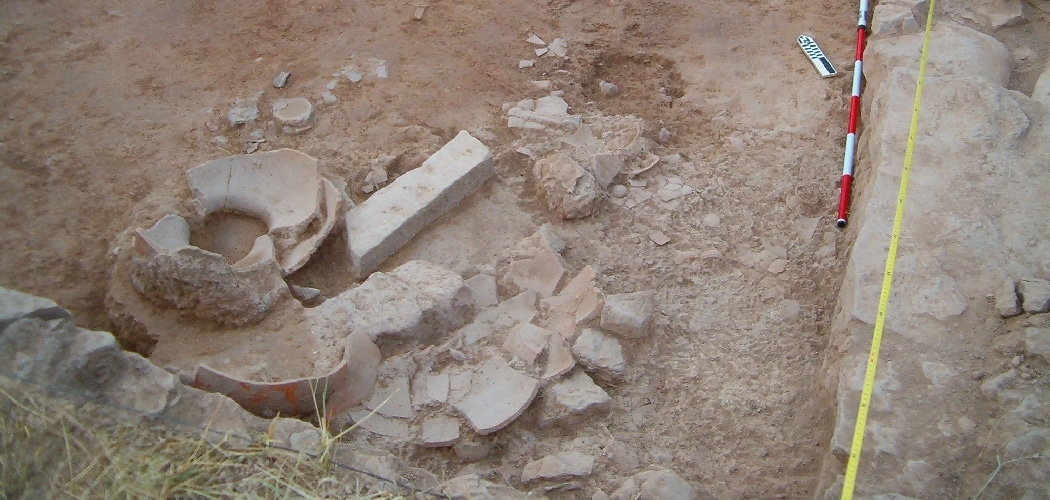
![[left] Various fallen materials (remains of animals, metal objects, etc.) above the living level. [right] Fallen dolium and amphora above the ruins of a ceiling or a first floor](https://www.puigciutat.com/wp-content/uploads/2015/12/foto_7-i-11-copia.jpg)


